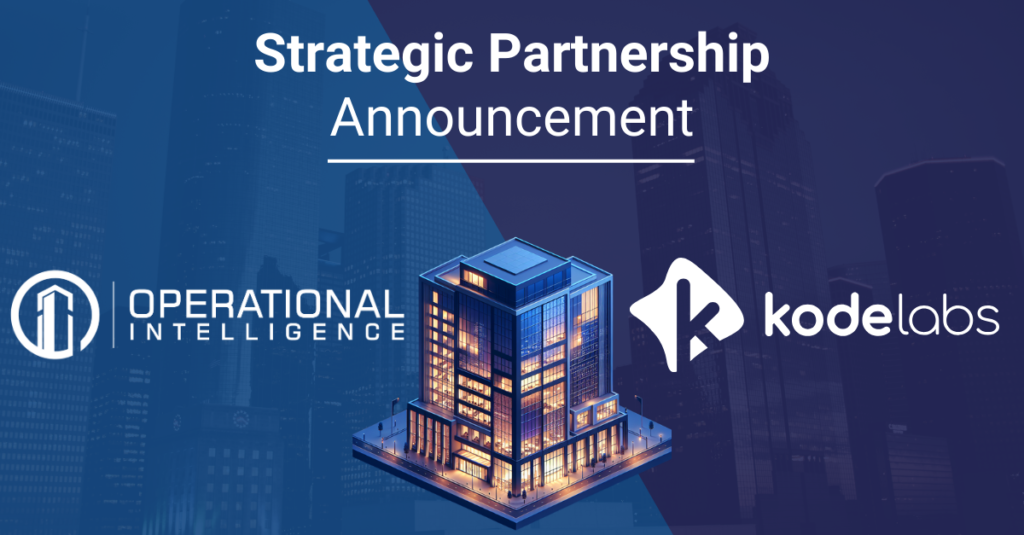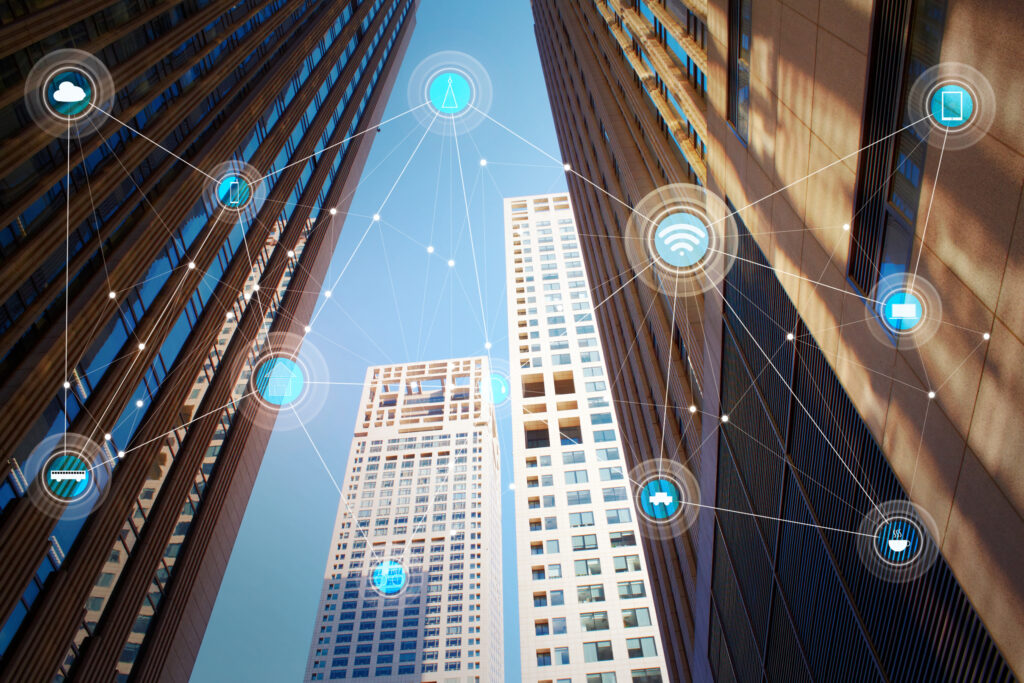Operational Intelligence and KODE Labs Announce Strategic Partnership
Operational Intelligence and KODE Labs have partnered to revolutionise smart buildings across Australia, SE Asia, and the UK—delivering AI-powered automation that enhances efficiency, sustainability, and real-time building intelligence for future-ready portfolios.








